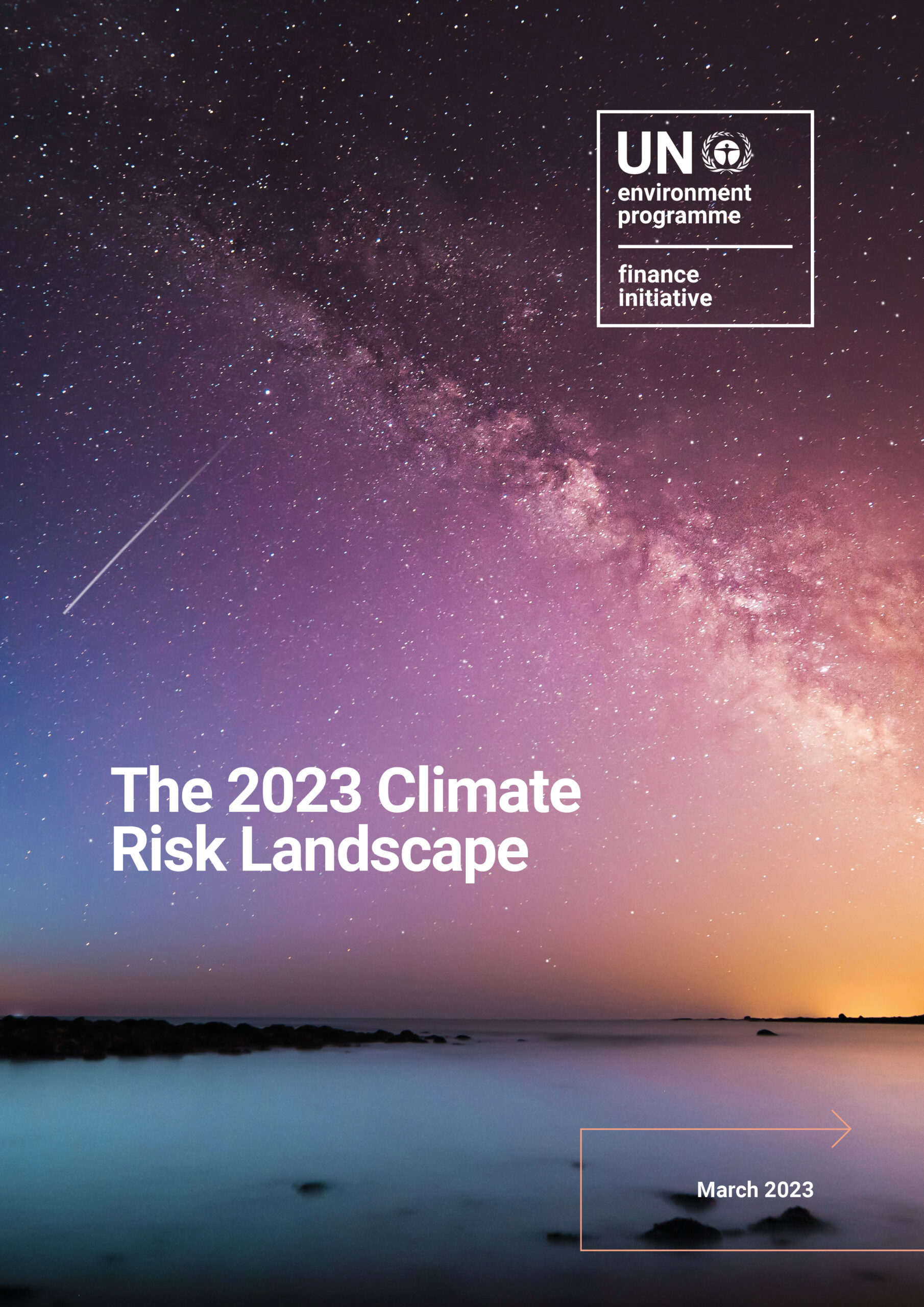Geneva, 18 July 2024 – The UN Environment Programme Finance Initiative (UNEP FI) releases today the first reports in a new series of resources helping banks implement and benefit from the interlinkages between the circular economy and major sustainability challenges of climate change, nature loss, and pollution. Designed for the 300+ signatories of the Principles for Responsible Banking and the wider banking sector, the new resources set out practical guidance to move from target-setting for sustainability objectives to delivering on their commitments. The guidance encourages banks to embed circularity into internal policies and processes, engage with clients in their transition to circular business models, redirect financial flows towards circular solutions and opportunities, and advocate for mainstreaming circularity.
As resource use is at the centre of the triple planetary crisis with resource extraction and processing accounting for over 55% of global greenhouse gas emissions[1], implementation of the circular economy is critical to achieve net-zero and other sustainability objectives.
“This new guidance supports banks as they take their first steps in fostering the circular solutions which will be critical to address climate change, the pollution crisis and nature loss, while building a more sustainable, resilient and inclusive global economy for all,” said Eric Usher, UNEP FI Head. “It is not just about investing in perfectly circular companies, but about providing banks – and the wider industry – with the strategies and methodologies to engage with companies in every industry to make the transition to a circular economy.”
Once their sustainability targets are set, banks are being urged to leverage the circular economy to advance in the implementation phase of their Principles for Responsible Banking journey through identifying and supporting circular solutions and opportunities in their portfolios. For example, banks can introduce green loan products specifically tailored for businesses committed to circular economy principles, support companies adopting Product-as-a-Service models, where products are leased rather than sold, provide loans for projects that incorporate recycled materials into their production processes, or prioritise funding for businesses that implement closed-loop supply chains, where materials are continuously reused and recycled, minimizing the need for virgin resources.
The reports also help banks prepare for new and upcoming regulation. A growing number of governments are enacting circular economy roadmaps and policies and incorporating circular economy strategies into disclosure requirements or their sustainable development strategy, such as their Nationally Determined Contributions (NDCs) to the Paris Agreement, in the case of climate.
Finally, the reports highlight how adopting circular models can mitigate risks associated with linear business models as demand for raw materials intensifies and the regulatory landscape evolves.
Research shows that transitioning to a circular economy could generate significant economic benefits, estimated at $4.5 trillion in annual economic output by 2030, through increased resilience to macroeconomic shocks and reduced costs from raw material and energy consumption, waste management and emissions control.[2] Social benefits are also expected from the circular economy if implemented in line with the principles of a just transition, through the creation of green jobs and reduced inequality.
The opening report launched today describes how the circular economy can enable responsible banking, connecting circularity with environmental and social impact. The second report looks at circular solutions to achieve climate targets, offering banks practical insights and actions to integrate circularity into their climate transition plans by increasing financing for circular solutions and opportunities, and through advocacy and partnerships with policymakers to enhance circularity. Two supplements published in conjunction with the climate-focused report guide banks to develop sector-specific financing strategies that promote circular economy principles in the buildings and construction, and the textile sectors, two high impact sectors with high circularity potential.
UNEP FI will complete the series with additional sectoral supplements focusing on the nexus with climate. As from 2025, new guidance will be co-developed with banks showing how the transition to a circular economy can benefit nature, mitigate the pollution crisis and aid the development of healthier and more inclusive economies.
Access the reports in the “Circular Economy as an Enabler for Responsible Banking Series” below:
- Leveraging the Nexus between Circularity and Sustainability Impact
- Circular Solutions to Achieve Climate Targets
- Sectoral supplement: Circular Solutions to Achieve Climate Targets in the Buildings and Construction Sector
- Sectoral supplement: Circular Solutions to Achieve Climate Targets in the Textile Sector
[1] UNEP, International Resource Panel, 2024. Global Resource Outlook 2024. Available at: unep.org/resources/Global-Resource-Outlook-2024
[2] UNEP, 2020. New UNEP report lights the way for financial institutions to shift to more sustainable circular economies. Available at: https://www.unep.org/news-and-stories/press-release/new-unep-report-lights-way-financial-institutions-shift-more


